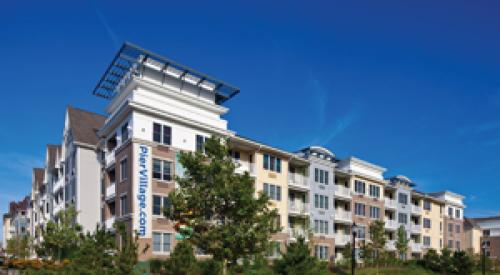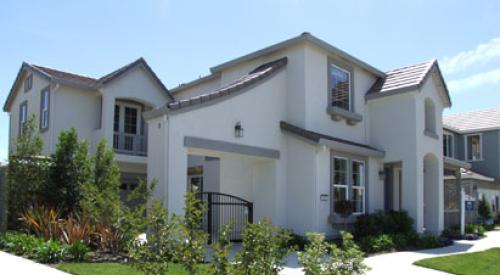According to a report by the National Multi Housing Council (NMHC), the 1990s showed an increase in both central city and multifamily construction. The study examined data on building permit issuance in the nation’s 50 largest metro areas, which account for approximately half of all permits issued in the United States.
| According to NMHC, permit issuance in the 50 largest metro areas accounts for half the permits issued in the country.
|
Jack Goodman, NMHC Chief Economist and author of the study, says that the findings of the report confirm with statistical evidence what has been thought to be true for some time.
"Our analysis finds that center city construction has increased faster than suburban construction, and apartment construction has gained market share from single-family construction, especially in big cities. As a result, apartment construction in close-in neighborhoods is being undertaken at a pace unmatched over the past 10-20 years."
The report, issued early last month, found that the increase in central city construction resulted in central cities’ market share, in terms of permits issued, going up from a low point of 17% in 1993 to 22% in 1999.
Although construction in suburban rings increased as well, the study found that suburban growth in any one particular metro area was not always linked to that of its central city.
| Of those 50 largest metro areas, the central city share is rising, accounting for 1/5 of all metro-area permits.
|
Closely connected with the rapid growth of construction in cities, however, is the increase in multifamily construction. According to the report, multifamily’s share in big cities reached 55 percent in 1999, up from 33 percent seven years earlier.
Goodman attributes the shift toward urban apartment construction to several factors, most notably a change in demographics that shows a growth in the number of young adult and single-person households. "These consumers often favor close-in locations, especially as traffic woes mount in many of the nation’s biggest metropolitan areas.
| NMHC also found that multifamily''s share has steadily increased in central cities since 1993.
|
"Concerns about sprawl have also made local officials in many jurisdictions more open to higher density housing, particularly near existing public transportation," Goodman adds.
As for the future, the report concedes that trends and cyclical influences -- including economic booms and slow-downs -- will largely determine the market share of both multifamily and central cities.
Although the future of growth in the cities is more difficult to predict, demographic, economic and policy influences point to a continued increase in higher density housing, and therefore an increase in multifamily and small-lot single family development, both in cities and suburbs.












